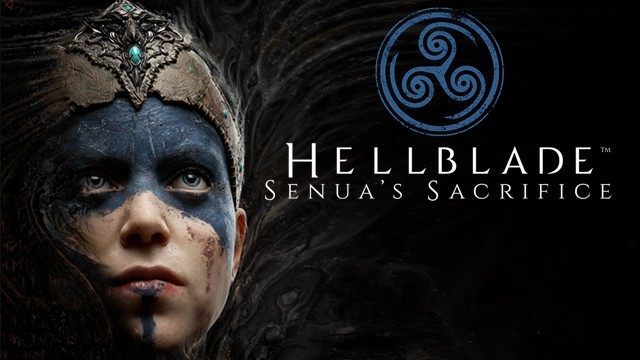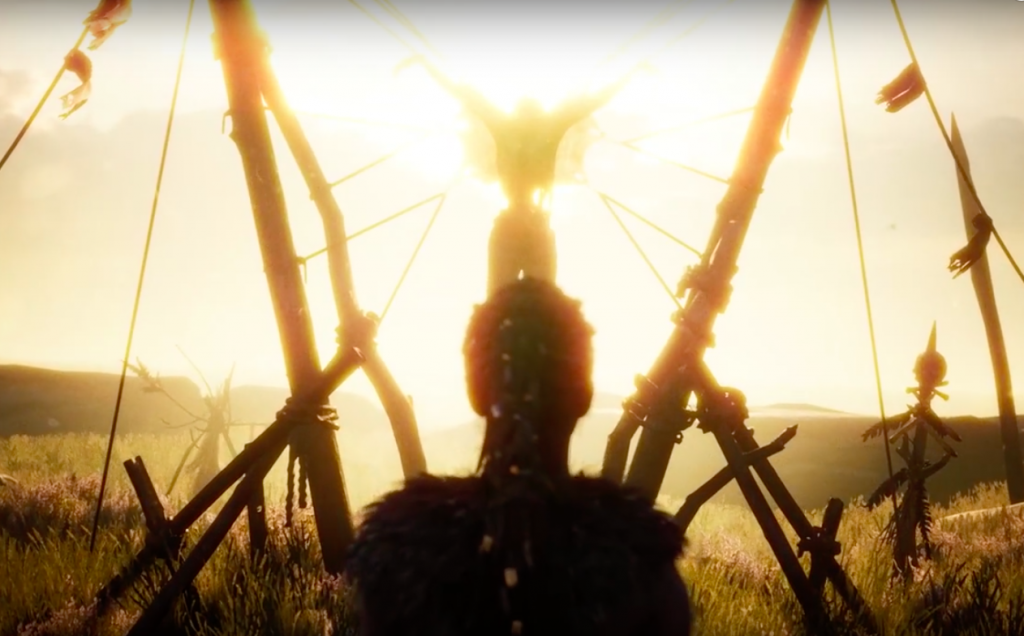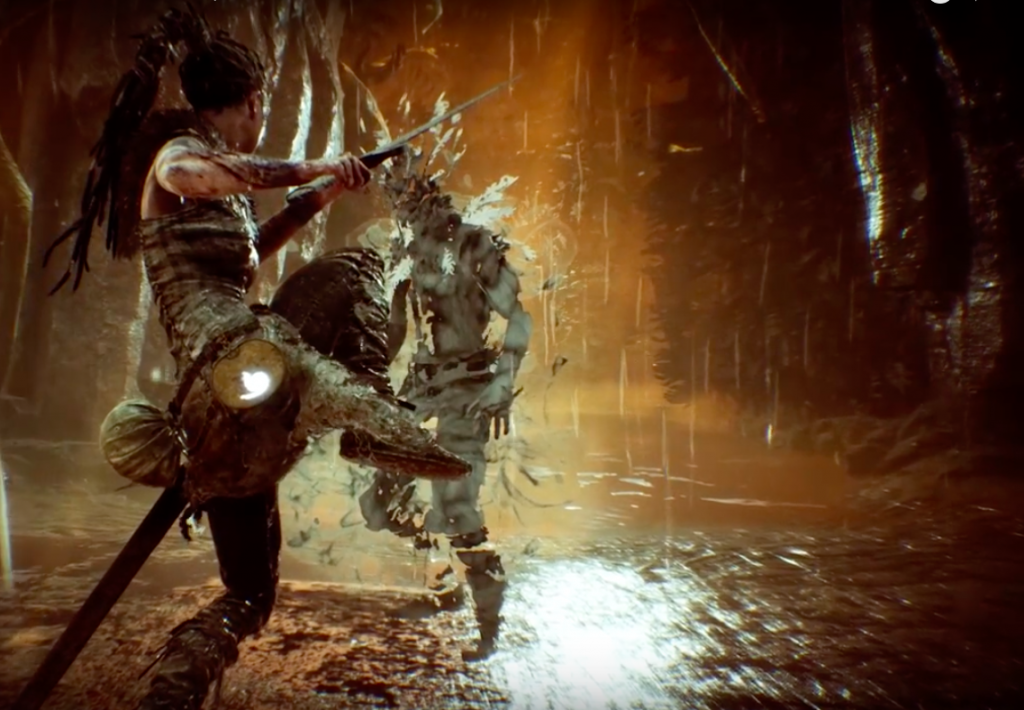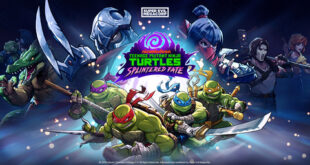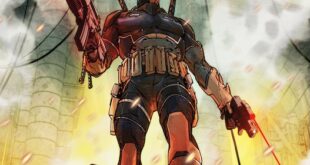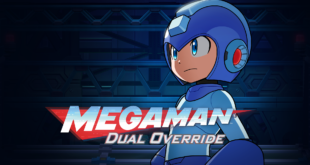Flaws and all, “Hellblade: Senua’s Sacrifice” is a one of a kind video game experience, providing an experience that hasn’t been seen in gaming before.
Story and Characters
Players take the role of Senua, an ancient Celtic warrior suffering from Psychosis. Having lost her true love Dillian in a raid by foreign tribesman, she travels to the northern lands in search of the entrance to Helheim, the norse underworld. There, she plans to offer her own soul for his, undoing what she believes to be the punishment for trying to escape from her condition and live a normal life. She must do this quickly, however, before the darkness that has always plagued her takes over her mind completely.
While the setup may feel like a traditional hero’s journey, developer Ninja Theory distinguishes the game by trying to properly show what living with Psychosis is like. The developer went to great lengths to ensure this experience was accurately conveyed, doing hands on research and working with neuroscientists and psychologists to incorporate narrative and gameplay elements that contribute toward this goal.
The end result is a one of a kind interactive experience. Narrated entirely by Senua and the voices in her head, the story twists and turns according to what she sees and hears due to her condition. Obstacles and solutions appear and disappear according to her hallucinations, while the voices in her head provide encouragement, criticism and hints in a ceaseless storm of whispers. Rune stones trigger flashbacks to stories told to her by Druth, a man from the North who’s tales set her on her quest in the first place, and specters of Dillian and and her other loved ones remind her of the life she lost. It’s a one of a kind experience that makes the story all the more engaging and fleshes out Senua as a truly human character in only a few hours.
Gameplay
The gameplay mechanics likewise lend themselves to this goal. With no hud or onscreen prompts and little to no input from the game, players guide Senua through puzzles, hallucinations and combat sequences with severe consequences for failure: Should the player fail too many times, the darkness will take control of Senua and end the game, deleting the player’s save file and forcing them to start from the beginning.
The puzzle and hallucination segments rely on how Senua sees and interprets them, often times only impeding her because she believes them to be. To overcome this, players must search for different rune shapes or points of view, or search for the proper routes out of her hallucinations in order to progress. While these mechanics are interesting ideas that do lend themselves well to the narrative, they don’t always play out as well as they could. Some puzzles won’t have a clear solution and can lead to long periods of backtracking to find the proper view of a rune in the environment or hidden doorway. Likewise, several hallucinations rely on a try and fail approach to find the proper way through them. This wouldn’t be as frustrating if not for the permadeath mechanic, but because of the high stakes present in even one failure these segments serve more as a point of stress that takes a player out of the experience.
Combat, meanwhile, serves more to break up these segments with enemy encounters or to cap off a segment with a boss fight. Using light, heavy and melee attacks as well as dodges, players take on about half a dozen different types of enemies in larger and larger waves, with certain combinations of strikes causing more damage to specific enemies. It’s an easy to use system that hides a surprising amount of depth, forcing players to properly understand it by the end of the game to overcome the increasingly difficult enemy combinations. It also incorporates Senua’s condition into its gameplay, with the voices in her head acting as warnings for incoming enemy attacks from behind or out of sight.
Animation and Sound Design
In terms of graphics, the game is easily one of the most impressive titles to be released this year. With photo realistic character models utilizing motion capture technology and top notch lighting effects, the world comes to life both in game and in cutscenes. Senua’s facial animations are emotive and natural, with laughter lines and creases forming according to whichever emotion takes her. Likewise, sunlight filters through trees and glows against the surface of water, while moonlight filters down through holes in a fortress to illuminate supernatural beasts. It’s all a truly impressive showing from only a single development team and serves to show what independent projects could be capable of with the right tools.
Sound work is equally impressive, from music and voice acting to small special effect touches. The constant stream of voices from inside Senua’s head help to set the experience apart, providing a backdrop to events that helps to flesh out the story and the experience of psychosis to great effect. Melina Juergens portrayal of Senua perfectly captures her fear, frustration and sadness, bringing the character to life in a way few voice actors can do. Music is usually sparse, but helps build on the mood and atmosphere of the game when used.
Final Say
Even with its flaws, “Hellblade: Senua’s Sacrifice” is a one of a kind gaming experience. It presents a story and narrative that feels genuine and shows just what games can be capable of as an interactive art form.
Hellblade: Senua’s Sacrifice
Release date: August 8th, 2017
Platform(s): PS4, PC
Publisher: Ninja Theory
Developer: Ninja Theory
An enlightening journey
Story and Characters - 90%
Gameplay - 80%
Animation and Sound Design - 90%
87%
Excellent
Even with its flaws, "Hellblade: Senua's Sacrifice" is a one of a kind gaming experience.
 BrutalGamer Bringing you Brutally Honest feedback from today's entertainment industry.
BrutalGamer Bringing you Brutally Honest feedback from today's entertainment industry.

